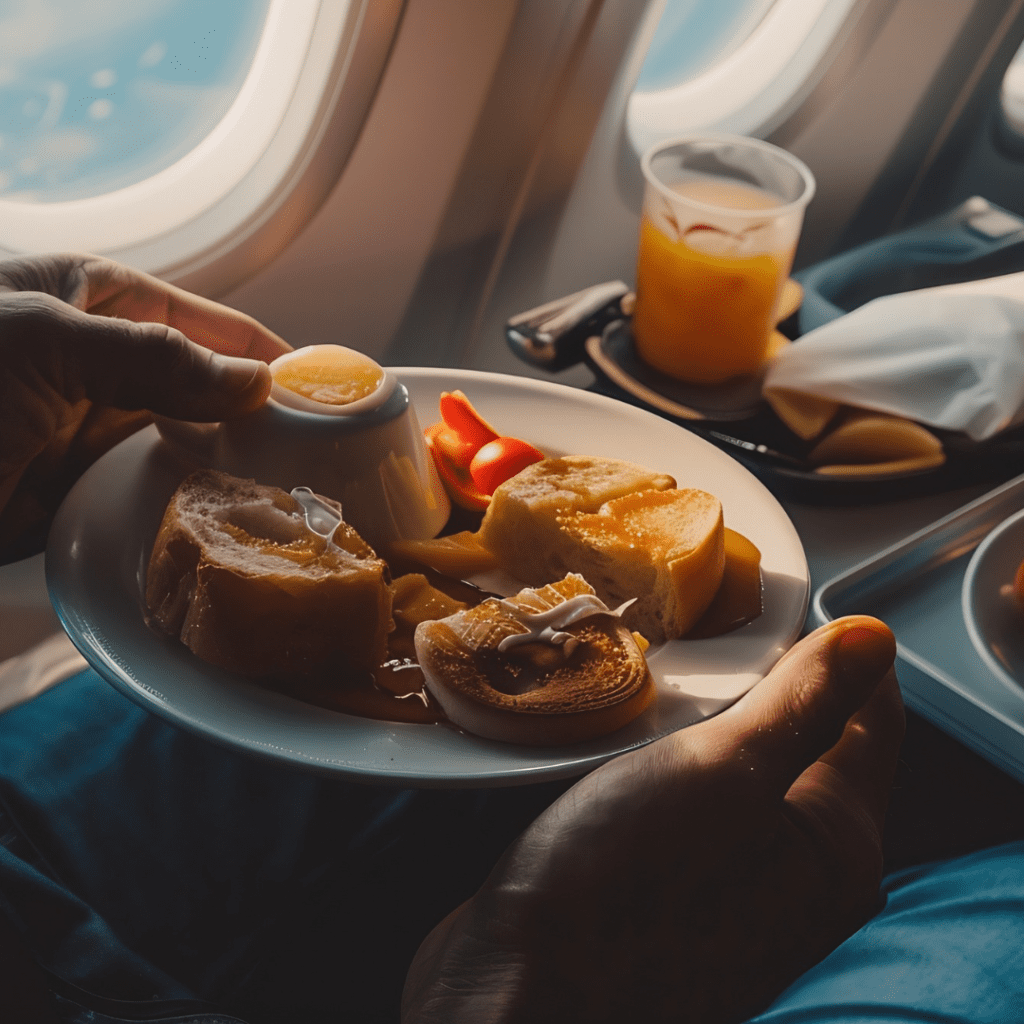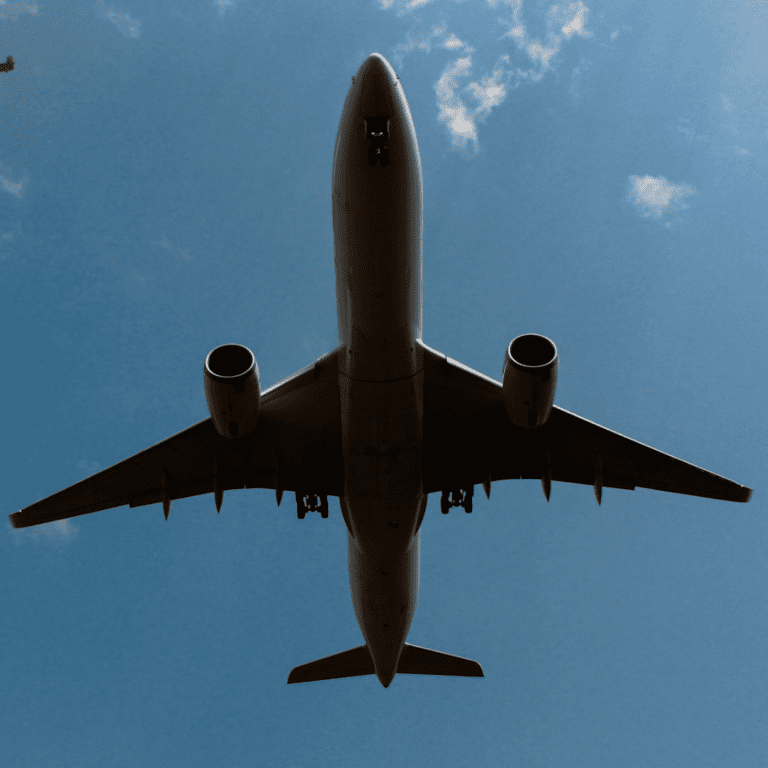

Flying 30 000 ft in the air is a common occurrence these days. But the havoc it can wreak on your body, especially your digestive system, is not known by many travellers. Therefore, here is a guide on what to eat (and what not eat) on a long-haul flight.
Aeroplane cabins are subject to low air pressure, colder temperatures and reduced oxygen. The former is what tends to have the biggest impact on our stomachs whilst travelling. Suddenly, jet-lag and cramped seating are no longer the worst woes that come with flying, with bloating and discomfort being added to the list.
If you have ever felt bloated, queasy or crampy on an aeroplane, it’s most probably your digestive system hinting that something is not right. And, in most cases, it can be attributed to the low air pressure aeroplane cabins are subject to.
Think about the time you picked up a packet of crisps and it was blown up to the max. This happens when crisps are transported from a location lower in altitude (such as Cape Town) to a destination with higher altitude (like Johannesburg). Cape Town’s sea-level location and high air pressure is in contrast to Joburg’s higher altitude and lower air pressure. In essence, this change in altitude is what causes the crisps’ packet to “bloat.”
Something similar happens to our stomachs when flying. As we are displaced thousands of feet higher, the gas in our bodies expands, resulting in bloating. In fact, Nmami Agarwal, a celebrity dietician, says the Aerospace Medical Association revealed that our bodies’ gas can expand up to 25% in flight.
While there is no scientific evidence to suggest that travellers should be eating differently in flight than on land, certain foods have been proven to protect against bloating. In addition, other foods have been identified as the culprits in exacerbating discomfort.

Aeroplanes are notorious for their subpar cuisine. Heavily processed and high in sugar, salt and preservatives, it makes sense why. According to senior nutritionist, Ellie Birch from Holland & Barrett, these individual properties are also known to be the leading causes of digestive issues.
Further to this, Dr Jo Woodhurst – head of nutrition at Ancient + Brave – says processed foods inflame the gut, which in turn leads to bloating. Salty foods dehydrate the body, which slows the digestive process and leads to indigestion. And, sugar and preservatives threaten the balance of healthy bacteria in the gut, leading to all sorts of crampy situations.
Hence, whilst many of us reach for a cup of coffee and chocolate from the moving trolley, we really shouldn’t.
Foods and drinks to avoid in flight:
– Wheat
– Dairy
– Gluten
– Beans, lentils or legumes
– Spices
– Artificial sweeteners
– Chewing gum
– Salty foods
– Fizzy drinks
– Caffeinated tea or coffee
– Alcohol
It isn’t all doom and gloom, though. In fact, snacking has just become your best friend. Stephanie Smith, a women’s health nutritionist for Agora Health, says it’s best to nibble on healthy, light and easy meals before and during a flight. This will give your body time to digest everything properly.
If you’re a regular traveller and a frequent flyer, it has never been more important to eat your fruits and vegetables, protein and complex carbohydrates in the correct moderation. It is also not the time to believe any myths floating around about cocktails – like the Bloody Mary – tasting better high up in the sky. Unfortunately, this will just leave you with a sorry tummy and sore head.
Foods or drinks to enjoy without worry:
– Nuts
– Popcorn
– Oat cookies
– Dark chocolate
– Bananas
– Oranges
– Raw carrots
– Ginger shots
– Smoothies
– Herbal tea
– Matcha latte
– Bottled water
It is settled then. Our stomachs really are weaker than our hearts and the importance of listening to our gut-instincts has never rung more true. Gazing out upon the clouds, one should remember nothing is worth being bloated or having your stomach in your throat for — not even that extra piece of chocolate cake or double grande cappuccino.
For more on food and drink, click here.
Discover more exciting travel articles here.
Subscribe to our weekly newsletter here.
Follow us on Instagram.
Stay up-to-date on the hottest, hippest and most happening things to do in Mzansi!
